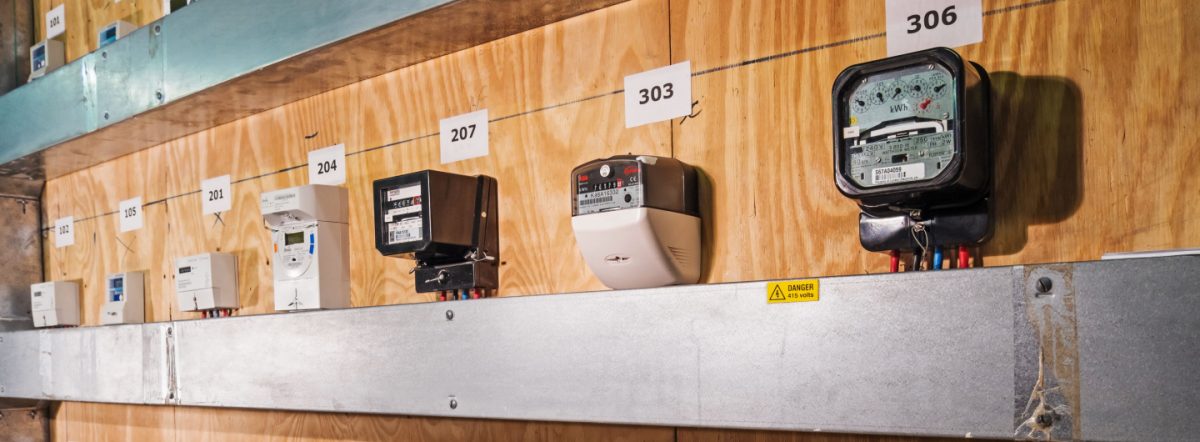With energy bills today double what they were in winter 2020/21, many millions of people – including elderly and disabled people and families with young children – will be unable to afford to heat their homes this coming winter, which will impact their physical and mental health and could even cost lives.
However, the government has said support on bills will not be extended to this winter, condemning many vulnerable people to live in cold damp homes.
This can be solved through a specific, targeted, time limited and practically possible intervention – the Emergency Energy Tariff. This Tariff could be set at the same level as the Ofgem Price Cap as at 1 October 2020.
It could be made available to selected, most in need, groups through the existing Energy Price Guarantee mechanism and financed using projected underspend from the EPG scheme. The average household on the Emergency Tariff would see their monthly energy bills reduced by approximately £87.
Like this idea? CLICK HERE TO Sign the petition
Who is it for?
Recipients would include those:
- Who have medical needs which mean they rely on energy – which are identifiable via the Priority Service Register. It would include groups who have a wheelchair which needs charging, a hoist to get out of bed, diabetics who need insulin stored in the fridge and those who have sickle cell anaemia who need to stay warm. (c. 1m households)
- Who have dangerously low (or no) gas usage, but have a gas meter and supply (estimated at 1m households).
- Who are eligible for Warm Homes Discounts (c. 3m households)
- Who are on a prepayment meter – either legacy or smart meter (c.4.5m households)
In total, this would be around 8m households.
Crucially, the Emergency Energy Tariff will be delivered through the EPG scheme and NOT through the benefits system (although the benefits system could be used to help identify the households in need of support). This means support goes straight to help with reducing the cost of energy and keeping people warm this winter.
What is it worth to eligible households?
The Emergency Energy Tariff would use the EPG mechanism to fix the unit costs and standing charges at the levels of energy bills in winter 2020/21, i.e. before the energy bills crisis. For the average household on the Emergency Energy Tariff, this would see their monthly energy bills reduced by approximately £87 from current levels – a saving of around 46%. New research for the Warm This Winter campaign shows that this level of support would be sufficient to bring almost all included groups into an affordable level of energy.
| Costs for dual fuel, direct debit, GB averages. | Proposed Emergency Tariff (i.e. Costs in winter 2020/21) | Current Ofgem Price Cap (1 Oct 2023) | % cost saving for eligible households |
| GAS UNIT (p/kwh) | 3.5 | 6.89 | 49% |
| GAS SC (p/day) | 27.35 | 29.62 | 8% |
| ELEC UNIT (p/kwh) | 12.5 | 27.35 | 54% |
| ELEC SC (p/day) | 24.38 | 53.37 | 54% |
| Average household monthly bill (old TDCVs), GBP | 86.83 | 160.25 | 46% |
What will it cost the Government?
Many energy firms have announced their own schemes to help customers and these could be used to reduce the cost of the Emergency Energy Tariff. The Government should discuss with industry how the Emergency Energy Tariff interacts with these support programmes.
However, if all the suggested groups were included in the Emergency Energy Tariff, it would cost at most £695m a month. Between December and when the Energy Price Guarantee lapses, in April 2024, this would therefore cost £2.8bn.
This could easily be paid for through underspend in the EPG from within the current financial year and would also have the benefit to the taxpayer of reducing unnecessary hospital admissions due to cold, and reliance on the NHS during the crisis winter months.
Should the Emergency Energy Tariff be successful, the EPG and the Tariff could be extended by the Government – or preferably replaced in April 2024 with a longer term solution, such as a social tariff or Energy for All scheme.

